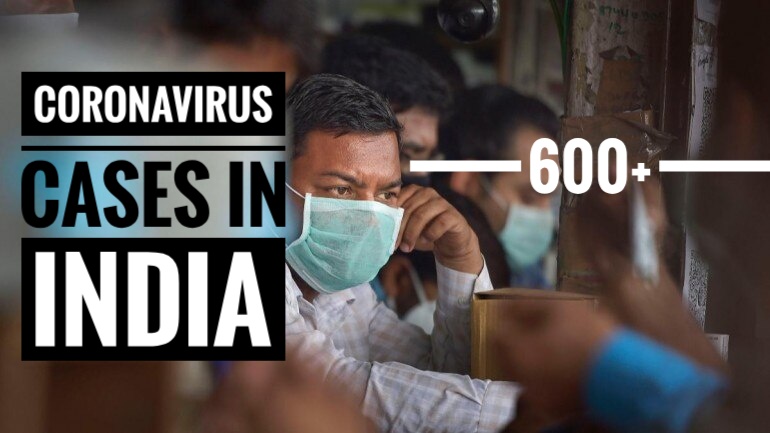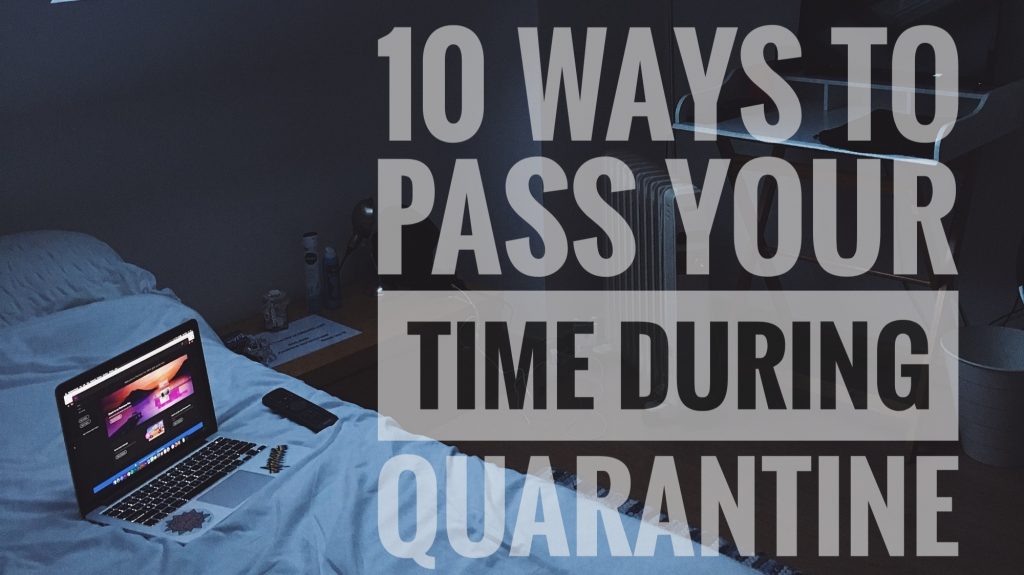Hotspots are the places where the number of COVID-19 cases is reported to be high or the positive cases of the COVID 19 rise in that area.
Non-hotspots are those areas that have reported a limited number of cases
It was said by the Union Health Ministry on Wednesday that 170 districts have been
identified for being hotspots whereas the 207 districts mention are identified as
non-hotspots.
The rest of the areas between have been categorized as green zones.
Hotspots are the areas where the total number of COVID 19 cases being reported is high or there is a positive increase in the rising number of the COVID 19 cases. The Non-hotspots are those areas that have reported the cases of COVID 19 but they are limit4ed in number.
While addressing his daily presser Lav Aggarwal, the joint secretary of the Ministry of Health said to the media that the Cabinet Minister held a video conference with the chief secretaries of all states, DGPs, health secretary, collector, municipal commissioners CMOs and sp.
During the meeting, the cabinet secretary discussed with all, the implementation of containment strategies on the level of field in the identified hotspots.
According to the strategy of the containment, a specialized team will look for active cases in the said contain clusters in hotspots. they will be collecting samples to find out all the
symptomatic people living in those areas of clusters irrespective of them having any kind of direct or indirect contact with the symptomatic people or the travel history.
Lav Aggarwal said,“ the areas that are reporting cases of COVID 19 but are not hotspots are likely to become hotspots in the future”.
A fresh set of protocols or guidelines has been issued to the states to the government
requesting to provide a thrust to the hospitals that are dedicated to the treatment of COVID 19 and contact tracing.
The states have also been urged to be focusing on the clinical management in buffer zones. The buffer zones are the areas near the containment and non-containment zones
Further strengthening the plans of the government to contain the outbreak of the COVID 19, Lav Aggarwal said that the areas have been classified into Contaminant and Buffer Zones.

The contaminant zones have further been divided into sectors with 50 houses each and
difficult areas have 30 houses each. The cluster containment strategy has been effective in gaining control over the COVID 19. These containment zones are made to serve the purpose of tracking the local transmission of the disease and prevent the spreading of the contaminant.
“The Rapid Response Team looks for cases in the contaminated zones based on the
contacts listed and mapped by them” said Aggarwal. He also said that if there is a
requirement, based on the cases listed and mapped by the team such areas can be refined.
Along with identified hotspots and non-hotspots, an additional of 5 km of buffer zones are also added to be identified including the boundary of other districts. The efforts are in progress with the micro plan devised by the government to contain the
spread of coronavirus.

